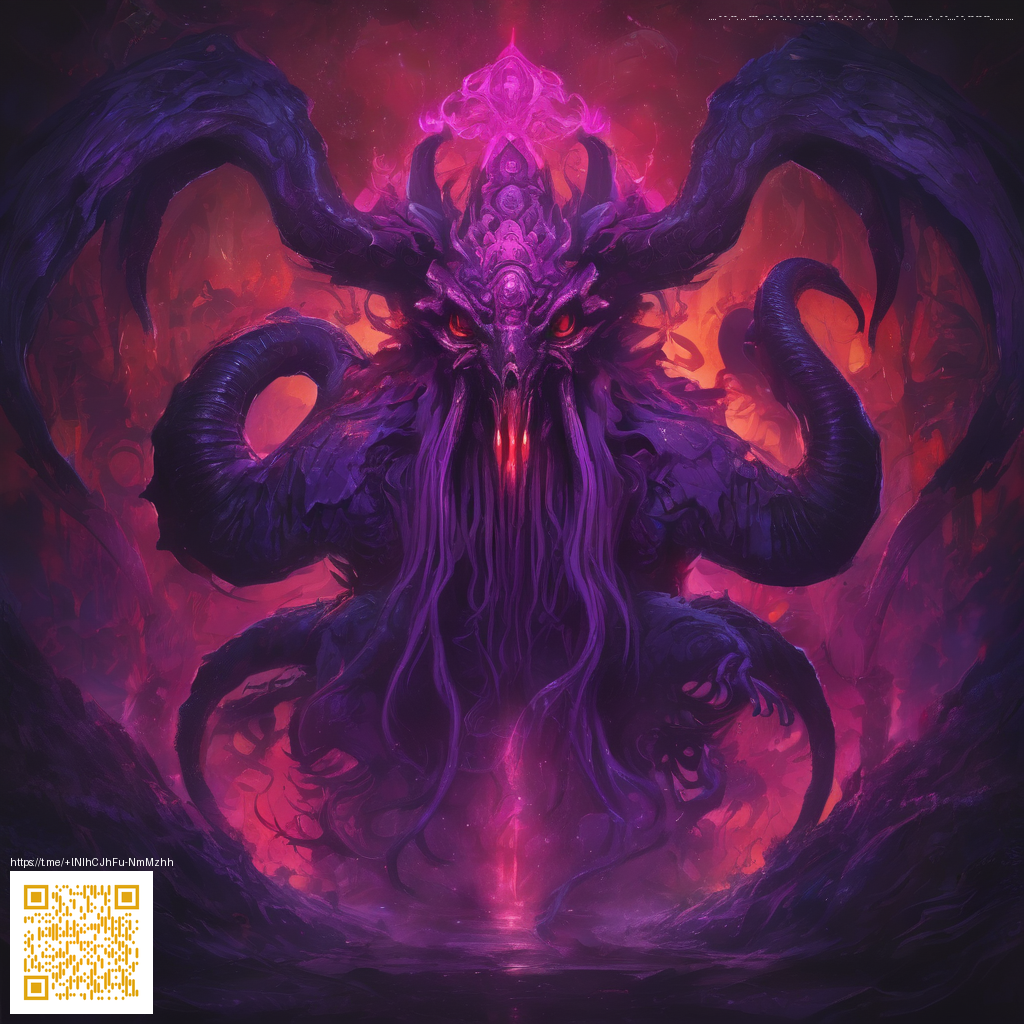
Metroid Dread Performance Benchmarks on Nintendo Switch
Metroid Dread set out to push the envelope for action platforming on the Nintendo Switch. The goal was clear a steady 60 frames per second during fast paced sequences while keeping visuals crisp and responsive. This combination makes the game a touchstone for testing the hardware under load and for evaluating how well a compact system can handle a modern 2D shooter with rich visuals and precise controls.
Across docked and handheld play the community and analysts focused on two core questions. First, can the game sustain a smooth 60 fps across the variety of environments and enemy density it offers. Second, how does the chosen resolution in each mode affect the perception of speed and polish while staying faithful to the original design goals of the project.
Performance targets and observed reality
In docked mode the consensus from multiple analyses points to a resolution around the 1600 by 900 range with a solid 60 fps target. In very busy scenes the frame rate can exhibit tiny dips, but the overall tempo remains near flawless and the action feels consistently responsive. In portable mode the game steps down to native 720p to preserve the frame rate, and it achieves a dependable 60 fps on the Switchs OLED screen which helps keep speed and precision intact during platforming and combat.
Engineered with the hardware in mind, the title uses a lean draw budget and careful asset management to avoid dramatic frame drops. Observers note that some effects such as bloom and lighting contribute to a cinematic feel without tipping the balance toward stuttering. The result is a confident rhythm that many players can rely on during long sessions.
frame pacing stays steady through most action sequences with only occasional micro dips during the busiest moments
Analyses from Digital Foundry and other outlets align on the key takeaway a firm 60 fps target under most conditions. The testing perspective emphasizes that the team prioritized a seamless experience over pushing ultra high resolutions, a decision that resonates with fans who value responsiveness in a high speed shooter platformer.
Gameplay impressions from the community
Players consistently praise the crisp input response and the sense of velocity that comes with a reliable frame rate. The 60 fps cadence makes precise jumps and rapid side to side maneuvers feel instant, which is crucial in a game built around tight platforming and quick bursts of aggression. OLED users especially notice how color depth and contrast enhance the atmosphere, making the metroid world feel more vivid during exploration and combat sequences.
Across forums and speedrunning communities the discussion centers on how close to the ideal 60 fps a given route can stay. Most agree that the engine is well optimized for Switch hardware, with occasional scenarios that push the limits of draw calls rather than exact frame count. The overall verdict is that the game delivers a fast and fair experience in either docked or handheld play.
Update cadence and patches
Since release the focus has leaned toward polish rather than sweeping performance changes. Players have seen small fixes that smooth edge cases and minor hitches, but the core goal of sustaining a smooth 60 fps remains intact. The ongoing discussion in the community suggests that any future updates could refine load times and texture streaming in crowded environments without contradicting the established performance profile.
Modding culture and player experimentation
On Switch hardware the modding story leans toward community driven experimentation rather than broad, official support. Fans who explore beyond the native console often turn to PC and emulation scenes where texture tweaks, shader adjustments, and resolution scaling are more feasible. This creates a vibrant subculture around how the game can look and feel on different setups, while the official Switch experience remains steady and polished.
Developer commentary and the engineering mindset
The engineering focus behind Metroid Dread centers on balancing speed with visual storytelling within the constraints of the Switch. The design philosophy emphasizes a fluid 60 fps experience as a core pillar, guiding decisions around asset budgets and draw calls. Public statements from the development team underscore a commitment to delivering a responsive feel that matches the games brisk, cinematic pacing.
For enthusiasts who want a deeper read on the numbers and the design choices that shape them, the consensus across outlets is that the game largely achieves its 60 fps target with occasional dips in heavy load moments. This aligns with the broader narrative of Nintendo era titles where performance discipline enables a more satisfying, kinetic gameplay loop across modes.
Phone Grip Click On Reusable Adhesive Holder Kickstand